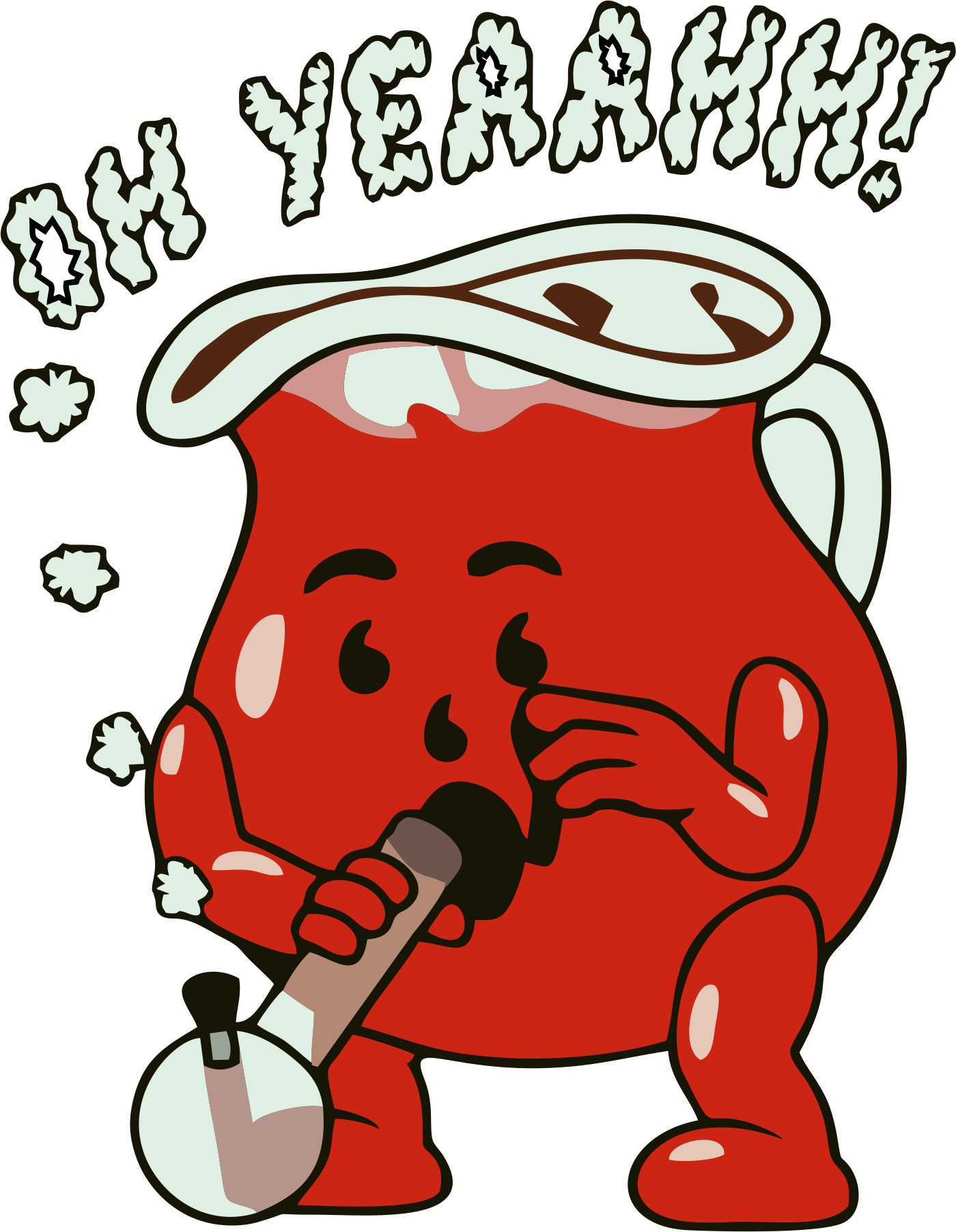Stickernut and Marijuana Stickers in Canada 2018
Posted by Karen Gendron on 1st Oct 2018
Need some stickers for your weed?
We do that.

We’ve done a lot of weed. Stickers. Weed stickers.
All jokes aside, with Canada’s legalization of recreational Cannabis, there are new business opportunities arising. Whether you agree with it or you don’t, the time has arrived.
What we Know
- Provinces and territories have established where and how the products will be sold to consumers. This has resulted in a mixture of private, licensed stores and government-run facilities across the country.
- There will be strict regulations surrounding where the drug can be consumed.
- Edibles are not expected to be sold until 2019.
- Policing takes place using standard field sobriety test and can result in impaired driving charges, however there is still some work to be done regarding the measurement of limits in the blood.
- Packaging must be legal. Bill C-45 lays out the rules (noted below).
Mary Jane, meet Stickernut.
At Stickernut, we have already done stickers for weed products and logos. From leaf products, to edibles, to vape liquids, we have printed stickers for the packaging of it all.
Why Stickernut stickers to label my weed?

Easy answer: We use no VOC ink on our vinyl. This means that not only is our vinyl going to stick to your packaging like fat on thighs, our ink is volatile organic compound free - and durable.
What are VOCs?
Volatile organic compounds (VOCs) are organic chemicals that have a high vapour pressure at ordinary room temperature. VOCs are solvents that get released into the air as ink dries.
Read more about the difference between Latex and Solvent ink.
VOCs include both human-made and naturally occurring chemical compounds. Most scents or odours are of VOCs. Some VOCs are dangerous to human health or cause harm to the environment. Harmful VOCs typically are not acutely toxic, but have compounding long-term health effects. Because the concentrations are usually low and the symptoms slow to develop, research into VOCs and their effects is difficult. (Wikipedia)
Why should I care about VOCs? They’re everywhere!
Health Canada classifies VOCs as organic compounds that have boiling points roughly in the range of 50 to 250 °C. The emphasis is placed on commonly encountered VOCs that would have an effect on air quality.
Health risks
- Respiratory, allergic, or immune effects in infants or children.
- Eye, nose, and throat irritation; headaches, loss of coordination, nausea; and damage to the liver, kidney, and central nervous system.
- Cancer in animals and humans.
- Conjunctival irritation, nose and throat discomfort, headache, allergic skin reaction, difficulty breathing, nausea, vomiting, nose bleeding, fatigue, dizziness.
The extent and nature of the health effect will depend on many factors including level of exposure and length of time exposed.
Reducing exposure
To reduce exposure to these toxins, one should buy products that contain Low-VOCs or No VOCs.

Below is an excerpt from Bill C-45
SUBDIVISION B
Packaging and Labelling
Compliance with regulations
25 It is prohibited for a person that is authorized to sell cannabis to sell cannabis that has not been packaged or labelled in accordance with the regulations.
Prohibited packaging and labelling — cannabis
26 Unless authorized under this Act, it is prohibited for a person that is authorized to sell cannabis to sell it in a package or with a label
(a) if there are reasonable grounds to believe that the package or label could be appealing to young persons;
(b) that sets out a testimonial or endorsement, however displayed or communicated;
(c) that sets out a depiction of a person, character or animal, whether real or fictional;
(d) that associates the cannabis or one of its brand elements with, or evokes a positive or negative emotion about or image of, a way of life such as one that includes glamour, recreation, excitement, vitality, risk or daring; or
(e) that contains any information that is false, misleading or deceptive or that is likely to create an erroneous impression about the characteristics, value, quantity, composition, strength, concentration, potency, purity, quality, merit, safety, health effects or health risks of the cannabis.
Prohibited packaging and labelling — cannabis accessory

27 Unless authorized under this Act, it is prohibited for a person that sells a cannabis accessory to sell it in a package or with a label
(a) if there are reasonable grounds to believe that the package or label could be appealing to young persons;
(b) that sets out a testimonial or an endorsement, however displayed or communicated;
(c) that sets out a depiction of a person, character or animal, whether real or fictional;
(d) that associates the cannabis accessory or one of its brand elements with, or evokes a positive or negative emotion about or image of, a way of life such as one that includes glamour, recreation, excitement, vitality, risk or daring; or
(e) that contains any information that is false, misleading or deceptive or that is likely to create an erroneous impression about the design, construction, performance, intended use, characteristics, value, composition, merit, safety, health effects or health risks of the cannabis accessory.
Use of certain terms, etc.
28 Unless authorized under this Act, it is prohibited to use any term, expression, logo, symbol or illustration specified in regulations made under paragraph 139(1)(z.1) on a package or label of cannabis or a cannabis accessory.
What do you think of the labelling restrictions for Cannabis? Will people remember your branding? Will it affect brand loyalty?

